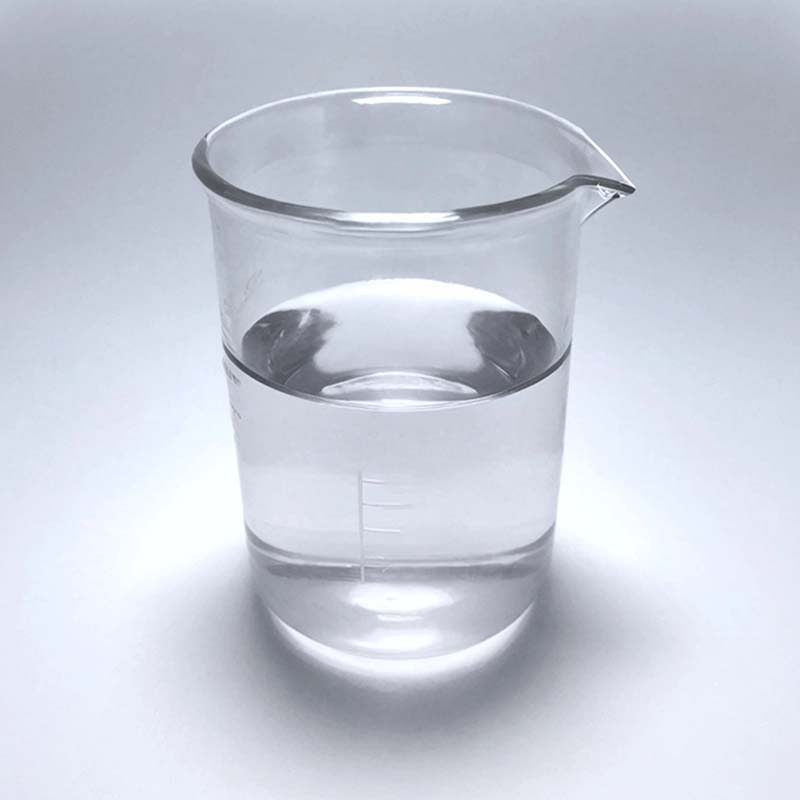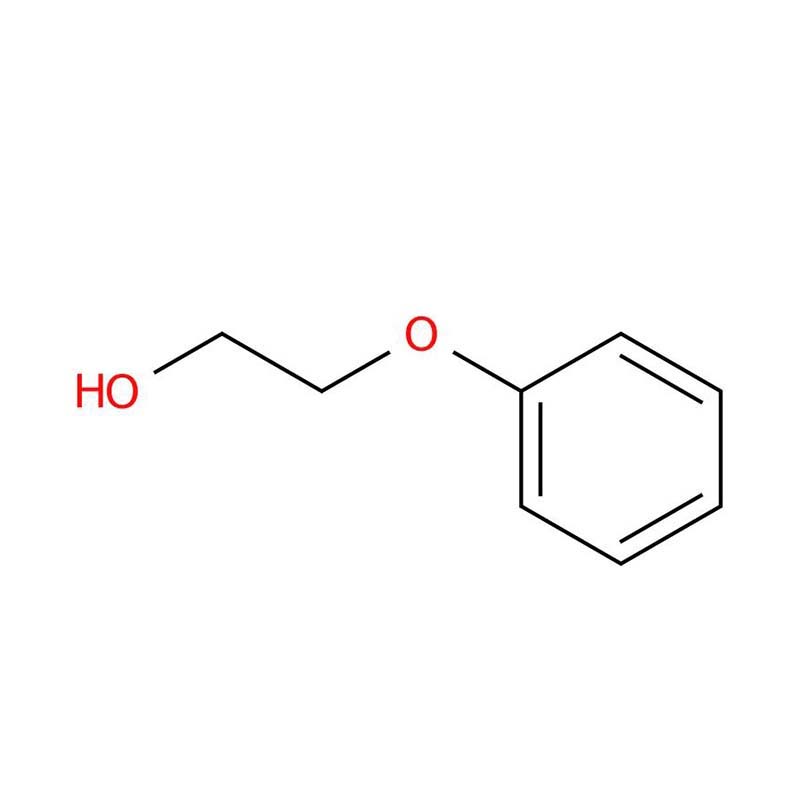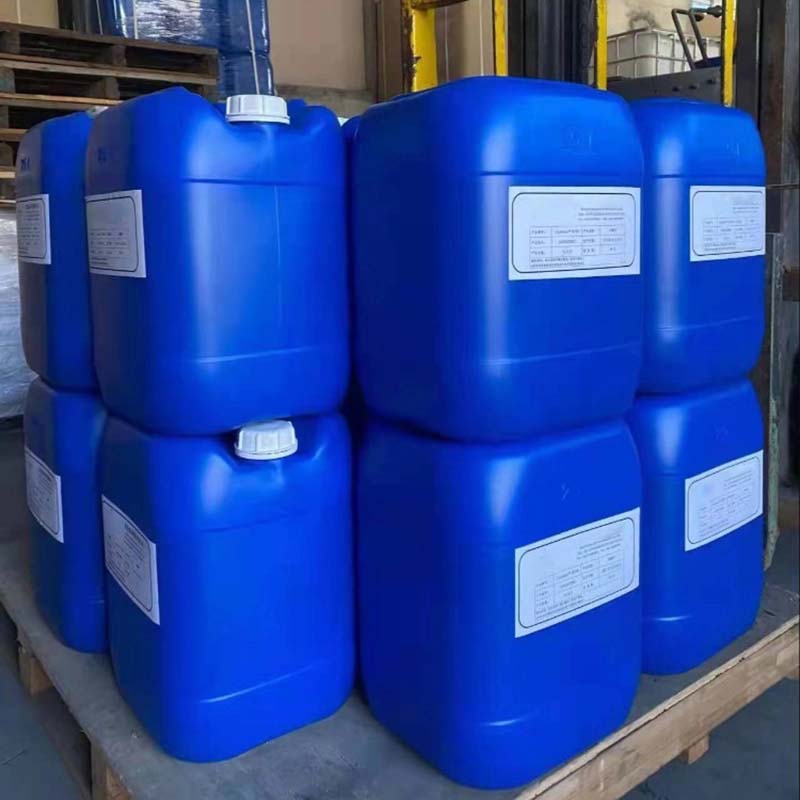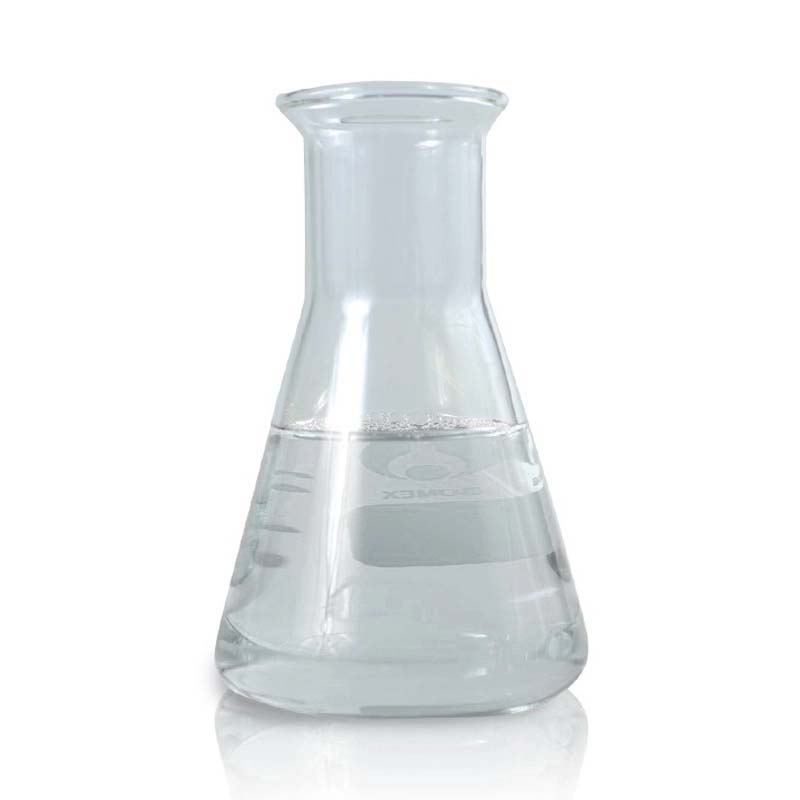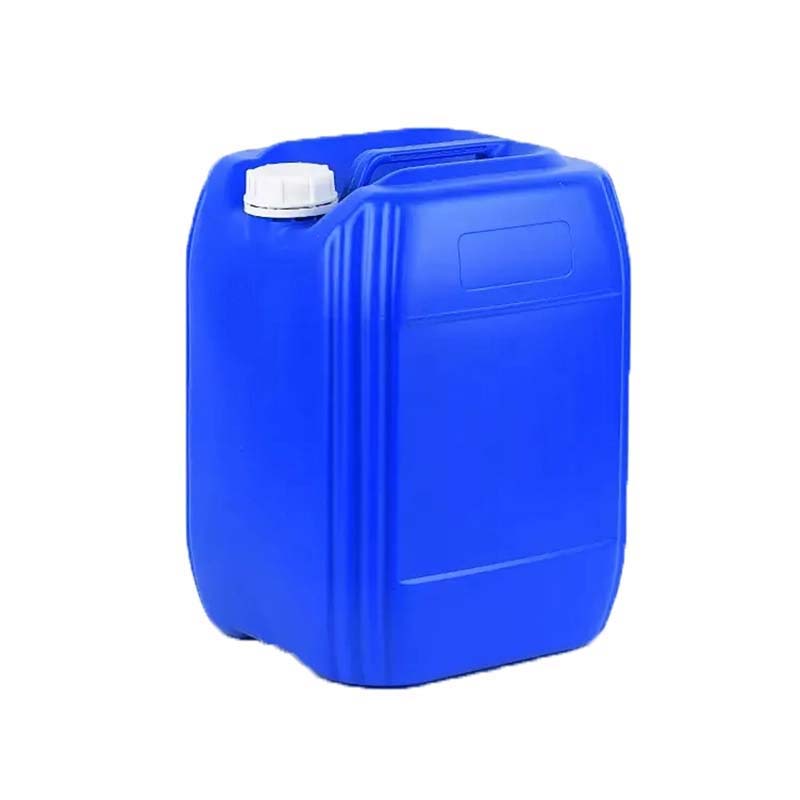2-Phenoxyethanol (Cosmetic Grade)
Preservative Efficacy: Phenoxyethanol demonstrates broad-spectrum antimicrobial activity against bacteria, yeast, and molds, establishing its role as a key preservative in cosmetic and personal care formulations.
Safety Profile: Exhibiting low systemic toxicity and minimal irritation potential, it demonstrates compatibility with topical and injectable formulations, supported by favorable dermal absorption characteristics.
Regulatory Preference: Widely regarded as a preferable alternative to parabens, phenoxyethanol addresses concerns regarding potential endocrine disruption while maintaining effective preservation.
Application Versatility: Beyond cosmetics, its preservative utility extends to pharmaceutical preparations and vaccine formulations, where it enhances shelf stability and prevents microbial contamination.
Phenoxyethanol, a glycol ether derivative, is extensively utilized in dermatological preparations and cosmetic formulations such as topical creams, lotions, and sunscreen products. This colorless viscous liquid exhibits notable bacteriostatic and fungistatic properties, making it an effective preservative in personal care commodities. Its antimicrobial efficacy is frequently enhanced through synergistic combination with quaternary ammonium compounds.
Beyond cosmetics, the compound serves as a preservative in biological preparations including vaccines and pharmaceutical solutions, where it prevents microbial contamination and prolongs product stability. Its favorable safety profile—characterized by low irritancy potential and controlled dermal absorption—supports application in both topical and parenteral products. As a preferred alternative to parabens, it addresses growing concerns regarding endocrine-disrupting effects. Regulatory frameworks in multiple jurisdictions restrict its concentration in cosmetic products, generally capping usage at 1.0% to ensure consumer safety.
2-Phenoxyethanol Chemical Properties
Melting point | 11-13 °C (lit.) |
Boiling point | 247 °C (lit.) |
density | 1.102 g/mL at 25 °C (lit.) |
vapor density | 4.8 (vs air) |
vapor pressure | 0.01 mm Hg ( 20 °C) |
refractive index | n20/D 1.539 |
FEMA | 4620 | 2-PHENOXYETHANOL |
Fp | >230 °F |
storage temp. | Store below +30°C. |
solubility | soluble, clear, colorless to very faintly yellow |
pka | 14.36±0.10(Predicted) |
form | Liquid |
color | Clear colorless |
Specific Gravity | 1.109 (20/4℃) |
Odor | Faint aromatic odor |
PH Range | 7 at 10 g/l at 23 °C |
PH | 7 (10g/l, H2O, 23℃) |
explosive limit | 1.4-9.0%(V) |
Odor Type | floral |
Water Solubility | 30 g/L (20 ºC) |
Merck | 14,7257 |
BRN | 1364011 |
InChIKey | QCDWFXQBSFUVSP-UHFFFAOYSA-N |
LogP | 1.2 at 23℃ |
CAS DataBase Reference | 122-99-6(CAS DataBase Reference) |
NIST Chemistry Reference | 2-Phenoxyethanol(122-99-6) |
EPA Substance Registry System | Ethylene glycol monophenyl ether (122-99-6) |
Safety Information
Hazard Codes | Xn,Xi |
Risk Statements | 22-36-R36-R22 |
Safety Statements | 26-S26 |
WGK Germany | 1 |
RTECS | KM0350000 |
Autoignition Temperature | 535 °C DIN 51794 |
Hazard Note | Irritant |
TSCA | Yes |
HS Code | 29094990 |
Hazardous Substances Data | 122-99-6(Hazardous Substances Data) |
Toxicity | LD50 orally in Rabbit: 1850 mg/kg LD50 dermal Rabbit > 2000 mg/kg |



